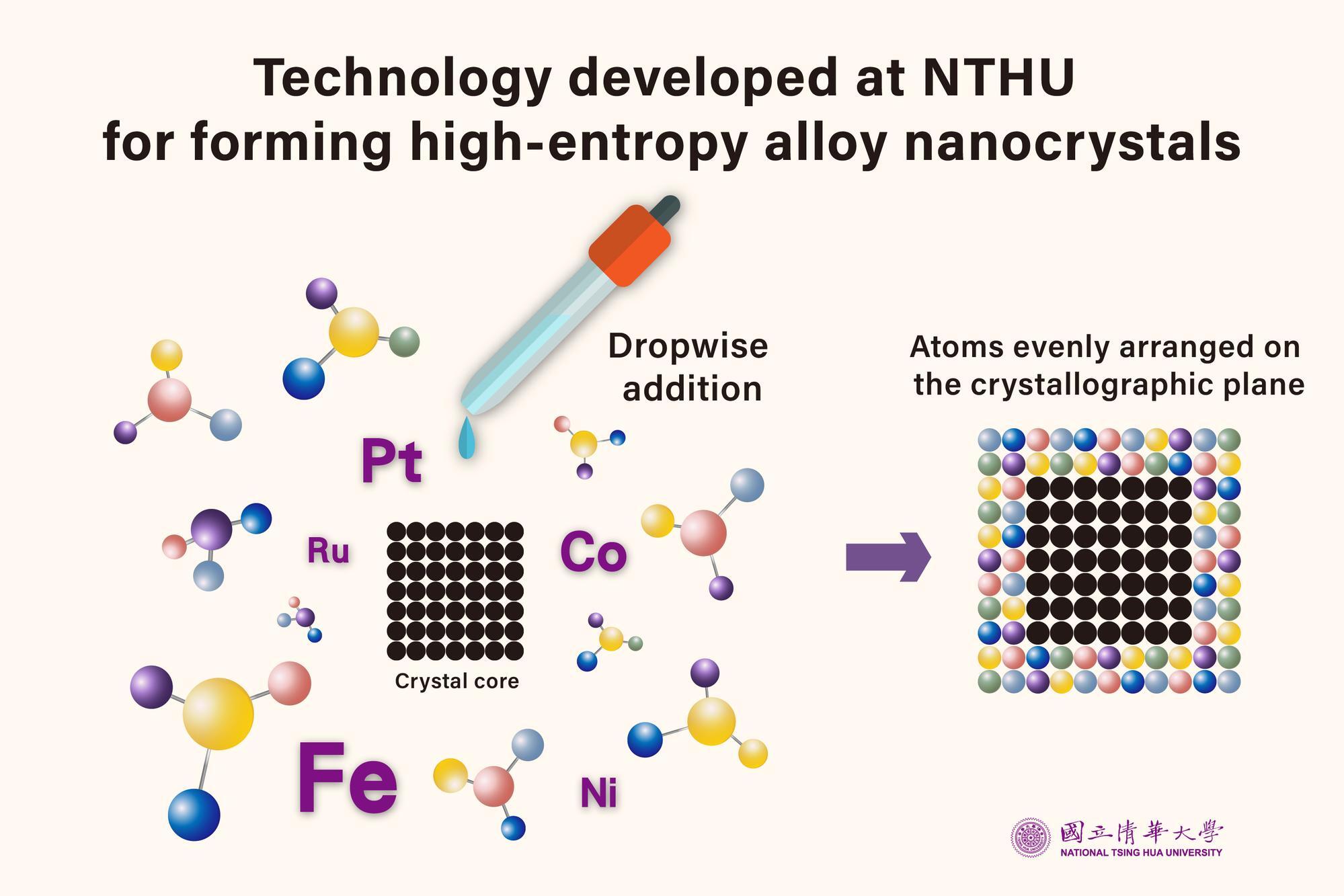2024.10.24
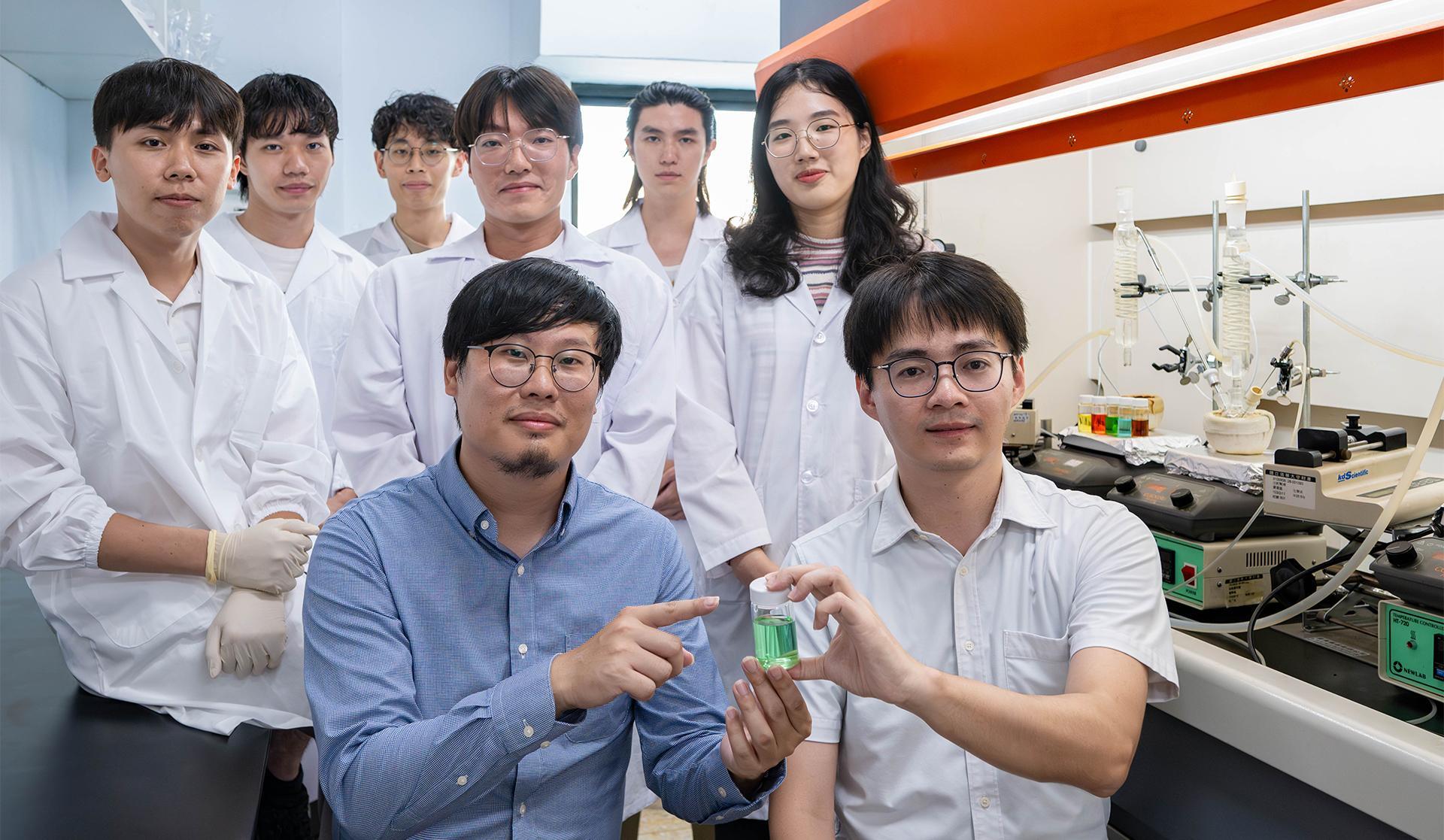
Tung-Han Yang (楊東翰) (front right) of the Department of Chemical Engineering at NTHU and Kun-Han Lin (林昆翰) (front left) of the Department of Chemical Engineering at NTHU have led a team in establishing the world's first database on high-entropy alloy nanocrystals.
High-entropy alloy nanocrystals mixed with multiple metal elements have become a rising star in materials research, but scientists have yet to determine the optimal proportion of the different elements and how to mix them evenly. However, a research team led by Associate Professor Tung-Han Yang (楊東翰) of the Department of Chemical Engineering at National Tsing Hua University (NTHU) in Taiwan has recently found a way to control crystal growth using a process known as “dropwise addition.” The team has also established the world's first database of high-entropy alloy nanocrystals, which can be likened to a recipe book for customizing thousands of combinations of high-entropy materials, allowing the synthesis of new high-entropy alloys to be more predictable and effectively controlled.
Professor JW Yeh (葉均蔚) of NTHU's Department of Materials Science and Engineering first proposed the theory of high-entropy alloys in 2004, and afterwards numerous researchers around the world began to specialize in this new field. High entropy means a high level of disorder, and high-entropy alloys are a mixture of five or more different metals. The highly challenging process of determining which metals can be successfully mixed is akin to using a blood test to determine a person's blood relations.
Yang said that with the development of size reduction technology, high-entropy materials have advanced to the nanometer scale. Due to their larger surface area and better catalytic properties, high-entropy nanocrystals can be combined in an almost infinite number of ways. However, due to the complex elemental composition of high-entropy nanocrystals, regulating miscibility and surface arrangement to improve catalytic performance is challenging, and addressing this issue was the focus of the team's research.
The team developed a method similar to the way in which the nucleus of a pearl is continuously wrapped in nacre to form a cultured pearl. For example, with palladium as the crystal core, when a mixture of iron, cobalt, nickel, platinum, rhodium, ruthenium, iridium, and other liquefied metal ions is added dropwise to the crystal nucleus immersed in a reducing agent, a layer of epitaxial atoms grows. Producing high-entropy alloy nanocrystals in this way makes it possible to not only control the arrangement of atoms into honeycombs and square arrays, but also to stack the crystals into such shapes as pyramids, cubes, and octahedrons.
The team members joked that cat food was the inspiration for this technique for growing crystals. This is because finicky cats prefer canned food over dry, and the only way to get them to eat dry food is to evenly coat it with the pasty type that comes from a can. Similarly, while conducting their research, they had to continually adjust the proportions of the crystals and find a way to evenly wrap them into a specific shape.
Yang said that spectroscopic analysis and microscopic analysis were conducted at the National Synchrotron Radiation Research Center to confirm that their dropwise addition technology evenly stacked the metal atoms. When this catalyst is used for hydrolysis to produce hydrogen the efficiency is doubled, holding promise for the development of renewable energy and the goal of net-zero emissions.
Following their breakthrough work in structure control technology, the team set up the world's first database of high-entropy nanocrystals with controllable crystallographic planes, including dozens of new nanocrystals, which has been published in Science Advances for two consecutive years. One of the contributors to the database project was Assistant Professor Kun-Han Lin (林昆翰) of the Department of Chemical Engineering, who led the theoretical calculation team in using simulations to determine the best metal compositions and crystallographic planes, and to predict the properties of the new material.
Lin said that although a computational model cannot take into account all possible experimental variables, their findings have been experimentally verified, and with further close cooperation they are expecting to achieve an even higher research efficiency in the future.
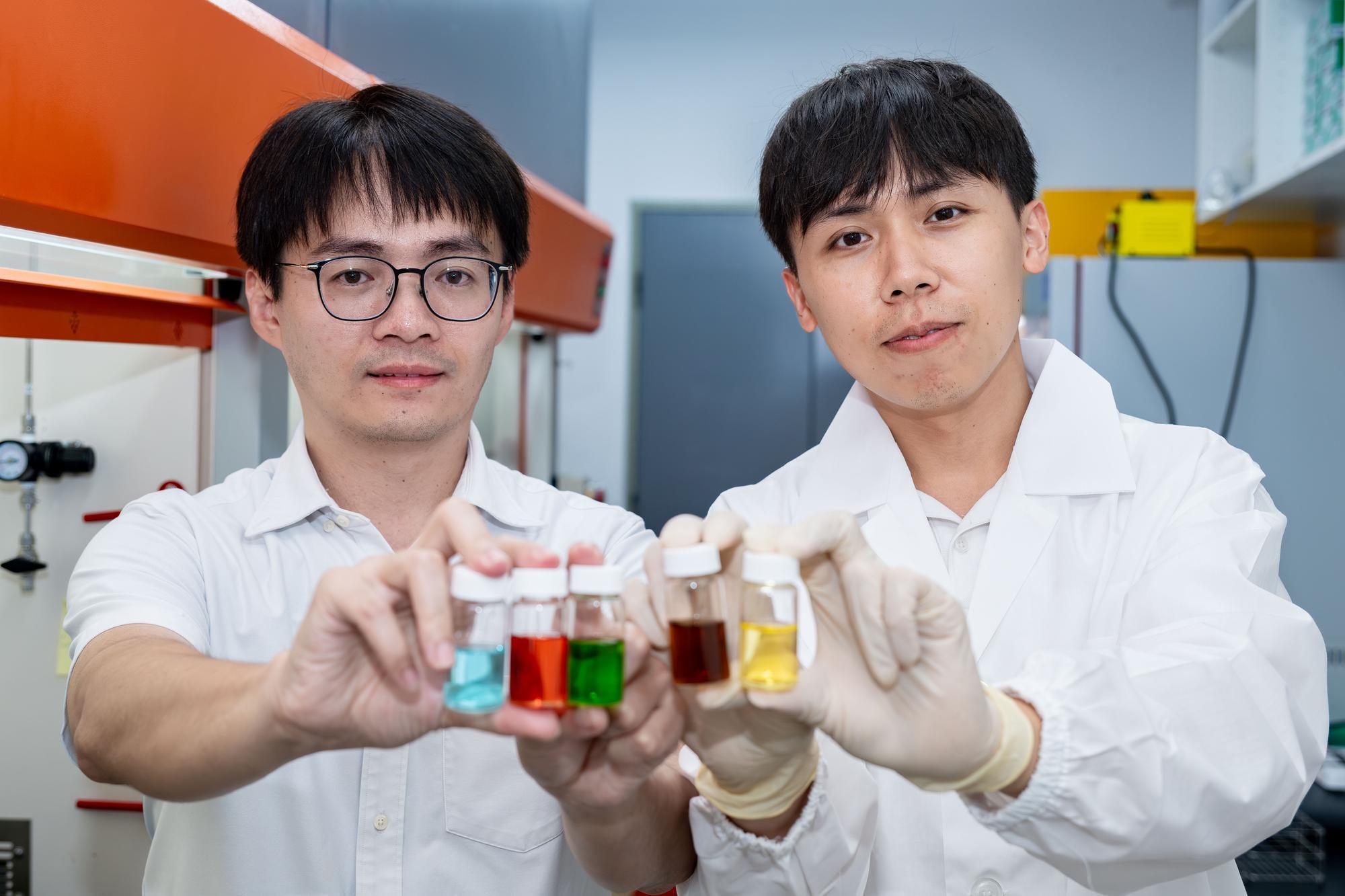
Tung-Han Yang (楊東翰) (left) and doctoral student Zheng-Yu Wu (伍政宇) developed the technology for controlling the growth of high-entropy nanocrystals.
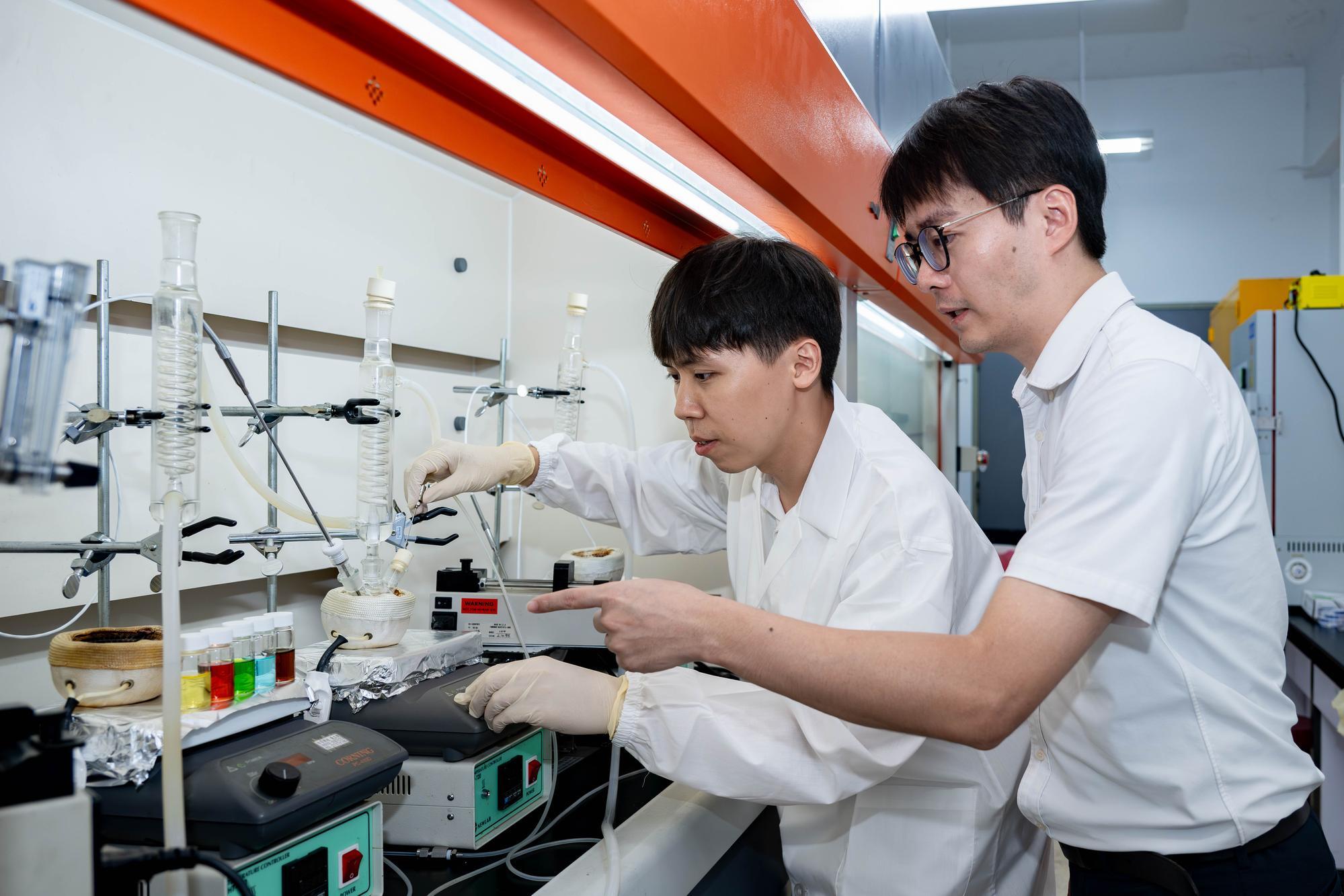
Tung-Han Yang (楊東翰) (right) and doctoral student Zheng-Yu Wu (伍政宇) developed the technology for controlling the growth of high-entropy nanocrystals.
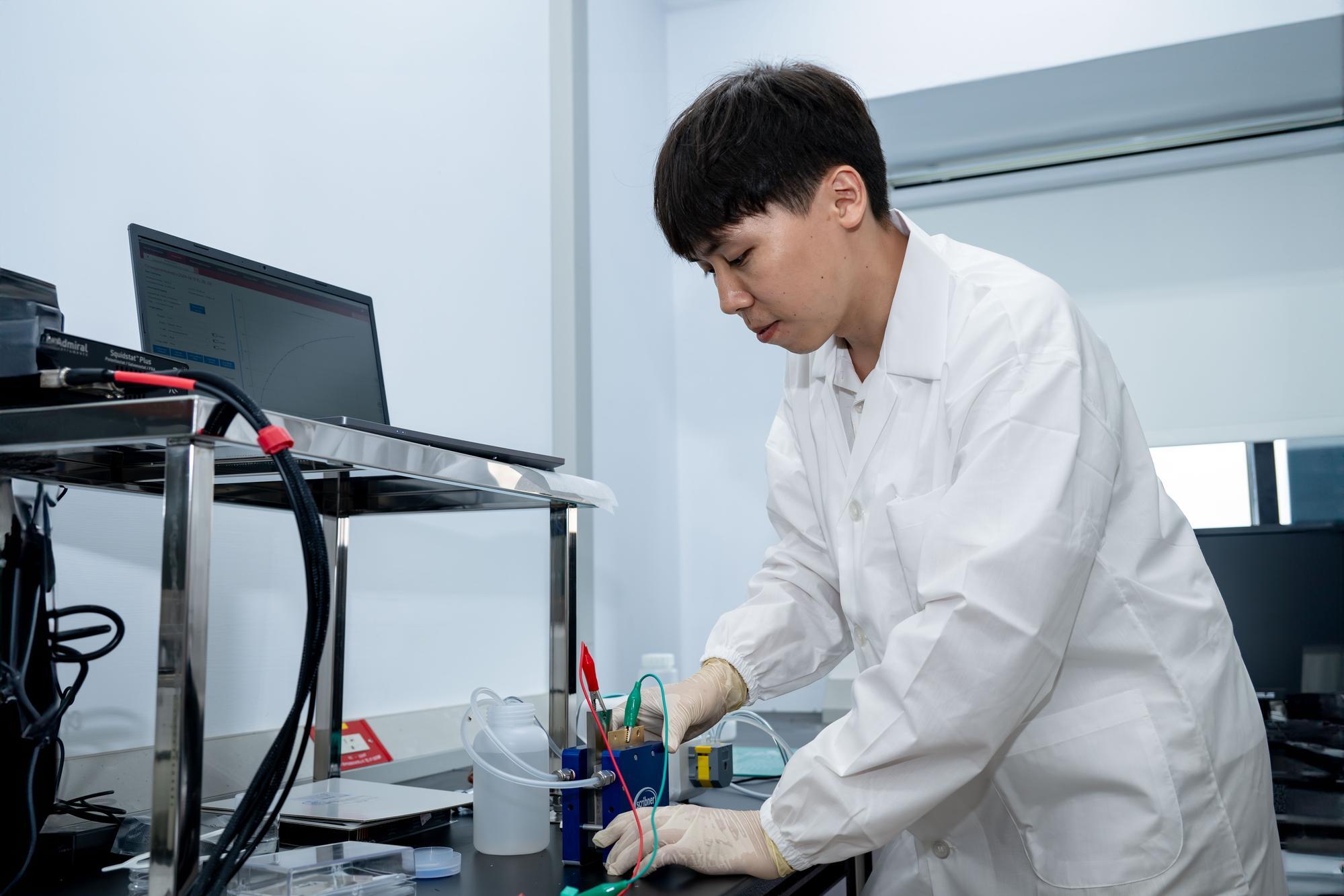
The dropwise addition technology developed by the team makes it possible to accurately control the arrangement and shape when producing high-entropy alloy nanocrystals.
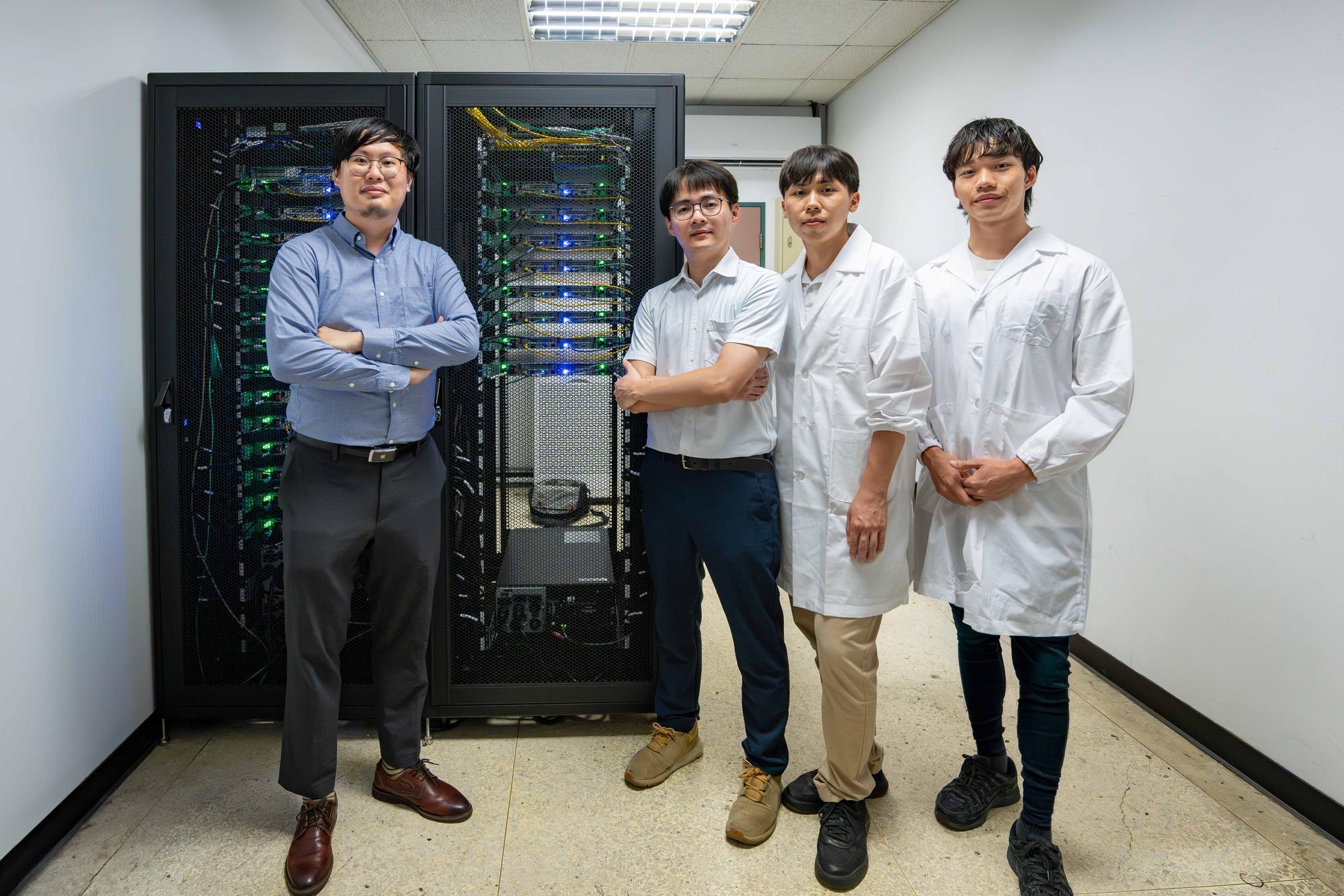
Team members (left to right) Kun-Han Lin (林昆翰), Tung-Han Yang (楊東翰), Zheng-Yu Wu (伍政宇), and master's student Yi Chen (陳奕).
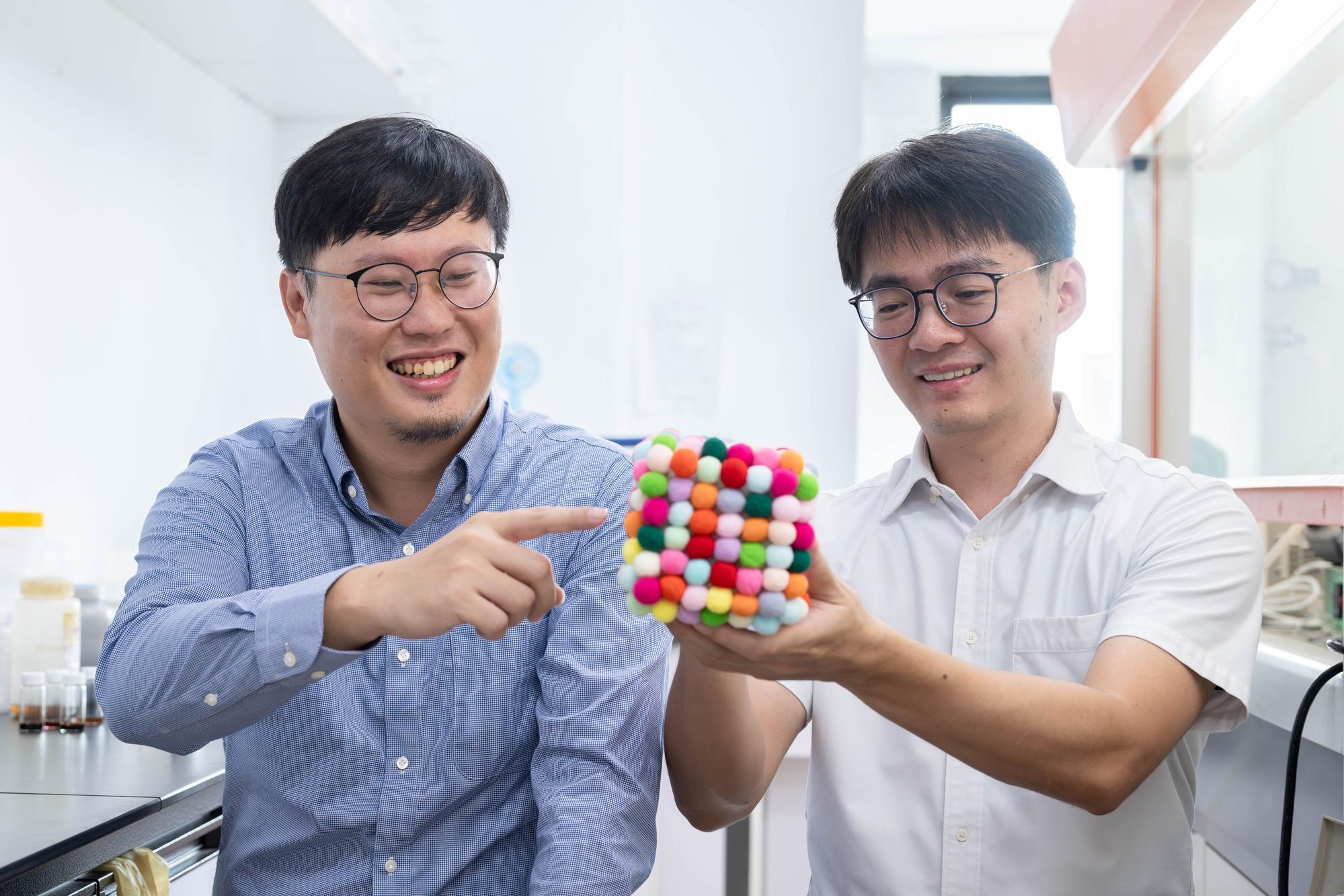
Tung-Han Yang (楊東翰) (right) and Kun-Han Lin (林昆翰) led a team in establishing the world's first database of high-entropy alloy nanocrystals.
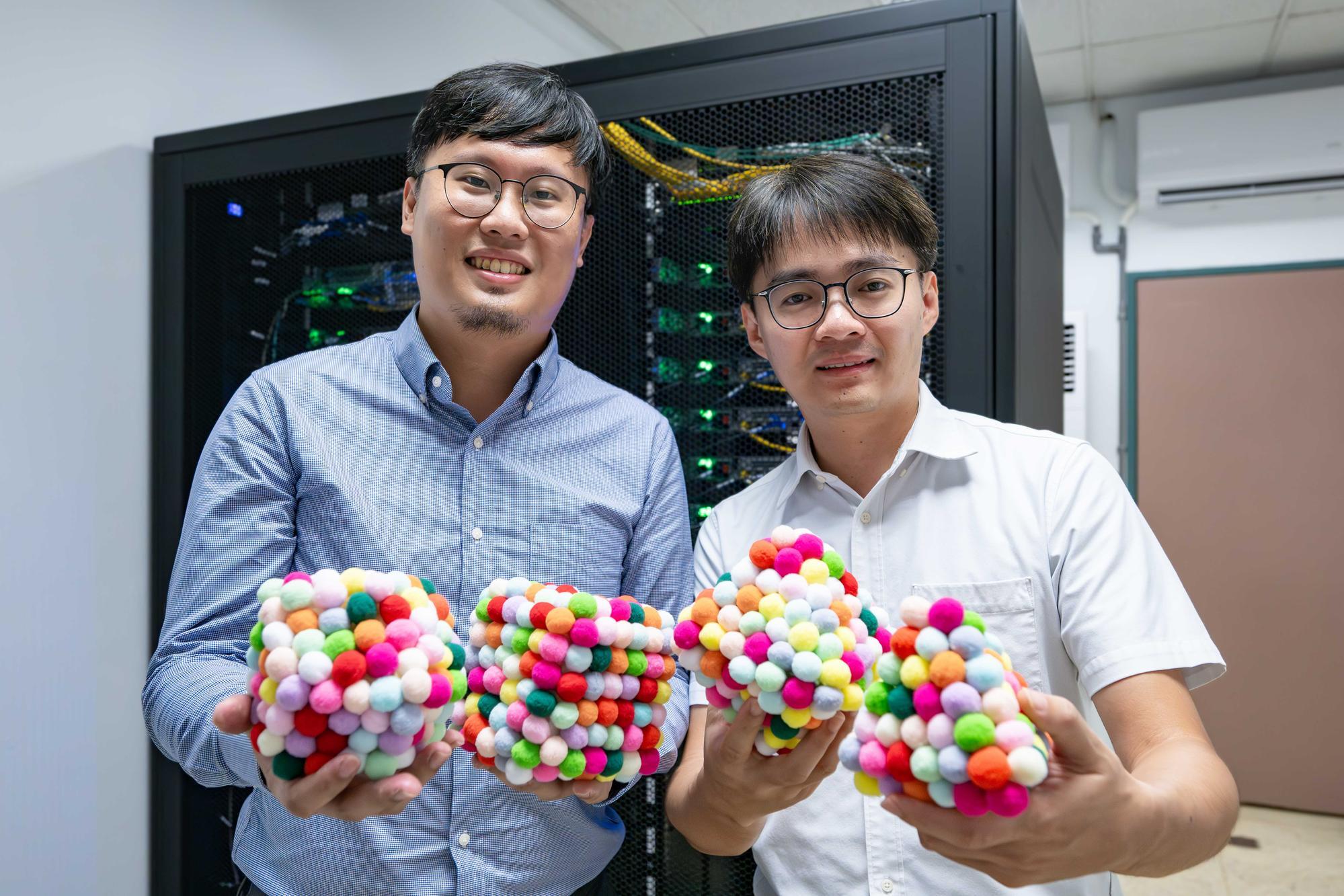
Tung-Han Yang (楊東翰) (right) and Kun-Han Lin (林昆翰) led a team in establishing the world's first database of high-entropy alloy nanocrystals.
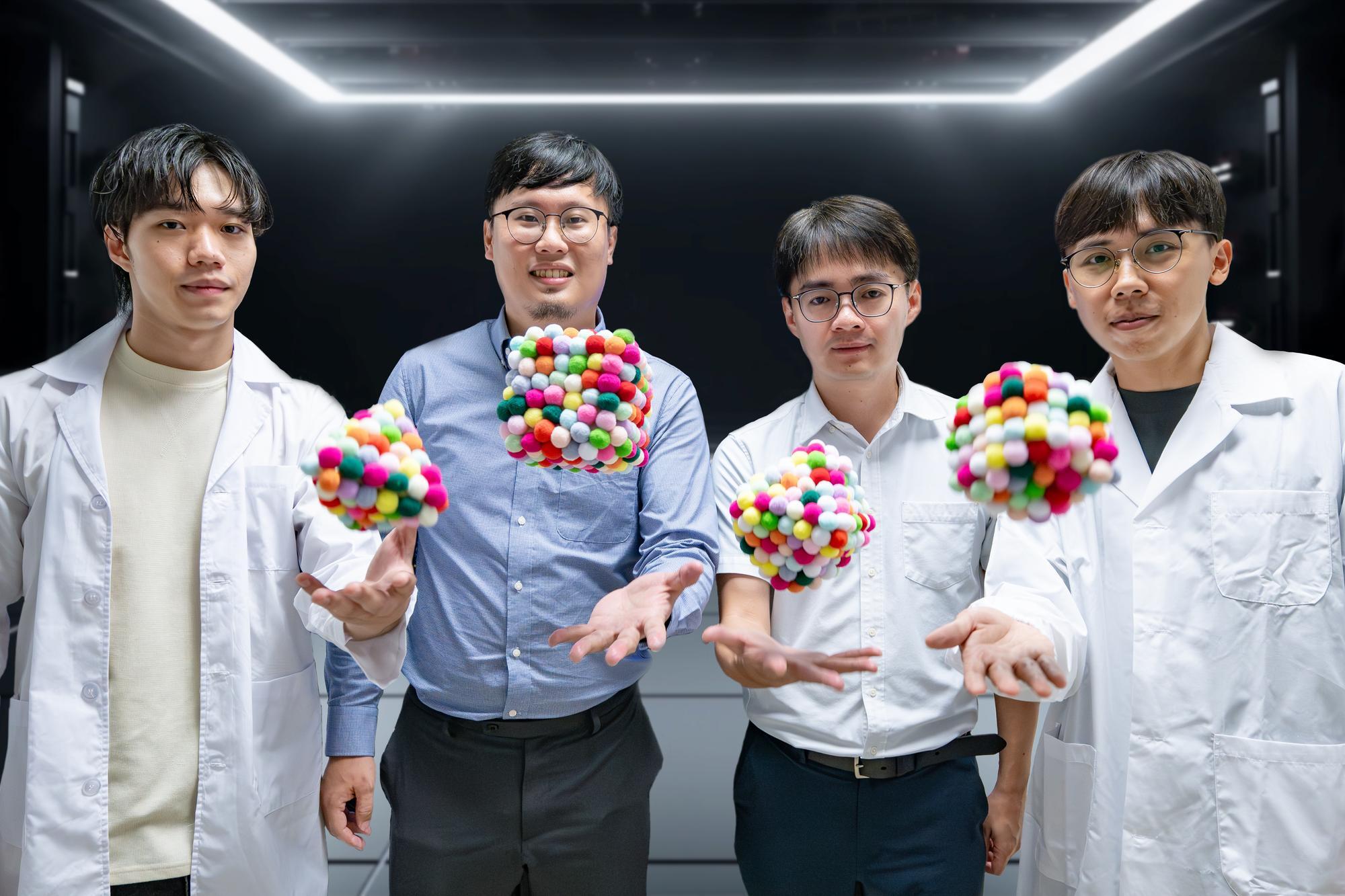
Team members (left to right) Yi Chen, Kun-Han Lin, Tung-Han Yang, and Zheng-Yu Wu.








